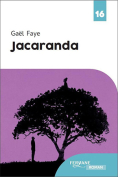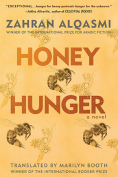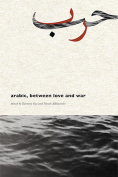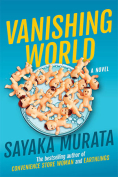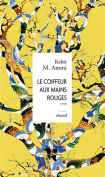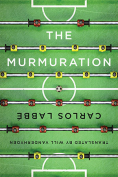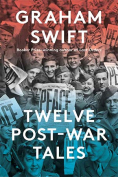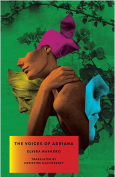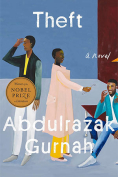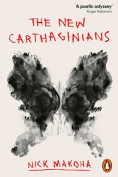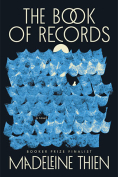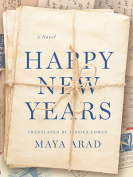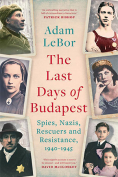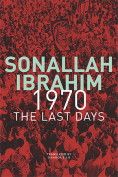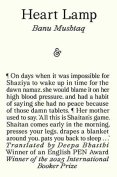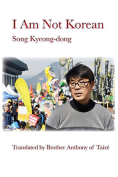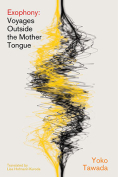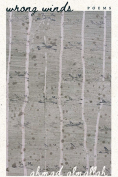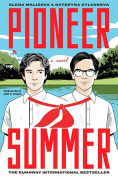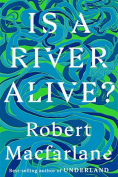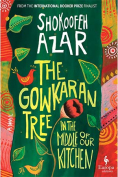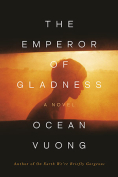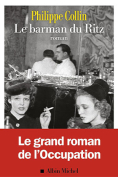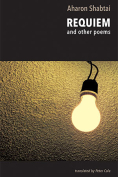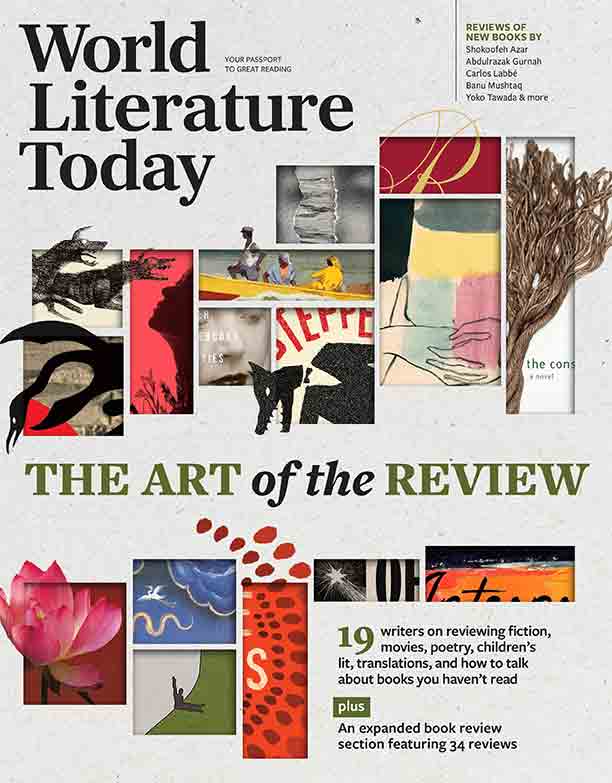Is a River Alive? by Robert Macfarlane
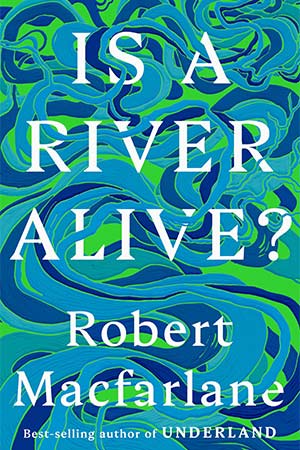
New York. W. W. Norton. 2025. 384 pages.
Across the globe, our cities struggle perennially with routine waterlogging and catastrophic floods, the result of several limitations in the stormwater drainage systems and a reliance on riverine ecosystems, of which rivers are a key component. This in turn indicates that rivers have long suffered due to burden, neglect, and oversight by governments, individuals, and corporations. Spread across three vast geographies—Ecuador, India, and Canada—Robert Macfarlane’s latest and most urgent book, Is A River Alive?, talks to readers about the undercurrents of how we treat our rivers the world over. Not with a lot of dignity, as it turns out.
This is a timely intervention taking the form of a book. Macfarlane combines poetic fluency with rigorous research, writing about the age-old, nearly mythic question of how human beings disrupted their relationship with these life-giving streams. Pondering the current state of rivers in most parts of the world, he writes: “We need new thinking: our rivers have become first undrinkable, then unswimmable, then untouchable. How did it come to this—and where do we go from here?”
The fact that rivers—much like humans, trees, and insects—have lives and, consequently, deaths is the animating idea at the center of the book. In lesser hands, the idea could be hubristic, but under Macfarlane’s trained authority, it becomes at once urgent and poetic. Urgent: given the current climate catastrophe, while it is also ancient knowledge in many parts of the world that rivers are living beings. India, where I come from, and where Macfarlane spends time in this book, has worshipped its rivers for centuries. But has that worship stopped us from polluting our rivers? The book took five years to write and includes journeys to the Ecuadorian forest Los Cedros, the “Forest of the Cedars,” the rivers and wetlands in the southern coastal city of Chennai, India, and the Mutehekau Shipu (also called the Magpie River) in northeastern Quebec. Through these sojourns, Macfarlane outlines and examines the ways in which local communities in these regions are striving to save their river systems from the manifold problems presented by human-made issues like mining, pollution, and dams.
Throughout, Macfarlane’s aim is to humanize rivers enough for them to be seen as equals to humans, if not more. “Words make worlds,” he writes. “In English, we ‘it’ rivers, trees, mountains, oceans, birds, and animals: a mode of address that reduces them to the status of stuff.” In these three countries, Macfarlane is led by his curiosity and allies who show him the way to the rivers, after which he finds his way into them. In Ecuador, Guiliana walks with Macfarlane, finding rare mushrooms. In Chennai, we meet the educator, activist, and field naturalist Yuvan Aves, who is wise beyond his twenty-eight years, hopeful, and also immensely knowledgeable. And Rita from the First Nation Innu community in Quebec is enthusiastic about the rivers speaking to Macfarlane.
Over the years, Macfarlane has built a reputation as a writer, scholar, and explorer. His first book was about mountain expeditions, and now, ten titles later, he has cataloged the ways of rivers. His passions are intertwined—as much as he loves climbing mountains and tracing rivers, he also loves writing about them. In keeping with his earlier books, Is a River Alive? is a powerful book about what human intervention has done to nature. It becomes prominent in the current moment as regulations around natural systems continue to be eroded and humanity inches closer to a planet warmer than ever before.
It is spring in Europe as I write this, there’s a drought, and there hasn’t been any rain. More rivers are now dead or reduced to a trickle; Macfarlane’s plea seems more urgent than ever. There’s a poignance in the air, but Macfarlane’s prose is sprightly and hopeful, streaked with a love for nature and reverence for the elements. “I have come to Chennai in search of ghosts, monsters, and angels,” he writes. “The ghosts are those of the rivers who had to be killed for this city to live.”
Decades ago in North India, where I come from, the Ganga River provided drinking water to the neighboring areas. But over the years, population growth, unmanaged waste, and unregulated pollution turned the river into a major dumping ground and public health hazard. There are at least three more large, endangered rivers within India itself. If Macfarlane’s provocation is taken seriously, then perhaps it can move us at the individual, government, and corporate levels to take stock of river ecosystems. We already consider our rivers to be alive. What we need is to treat them like living beings, and Macfarlane’s book prods us to do just that. Lest “water can bury you,” he writes elsewhere in the book, “as sure as earth can.”
Anandi Mishra
Gothenburg, Sweden
